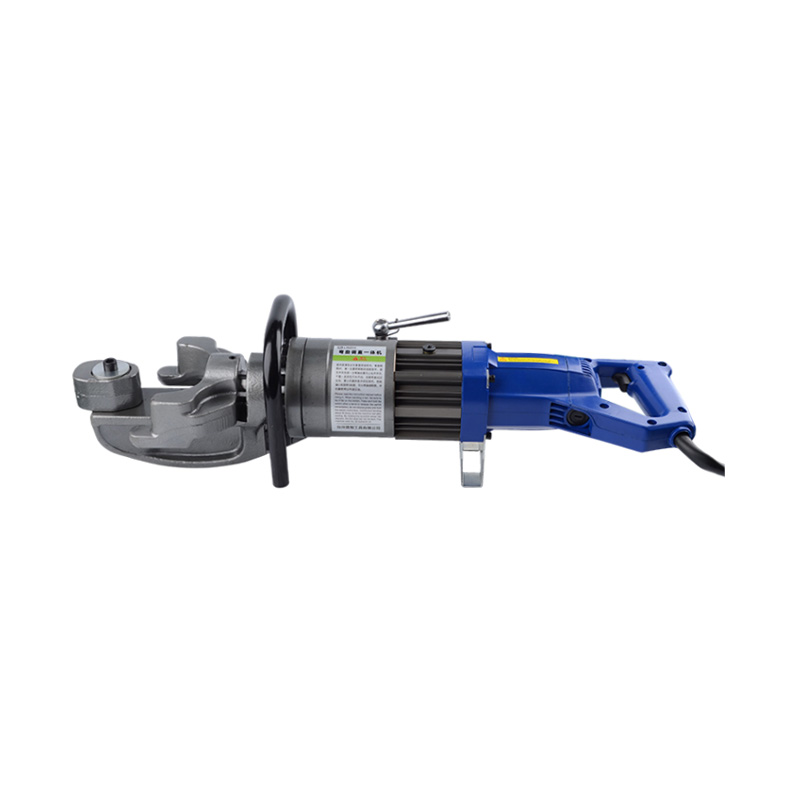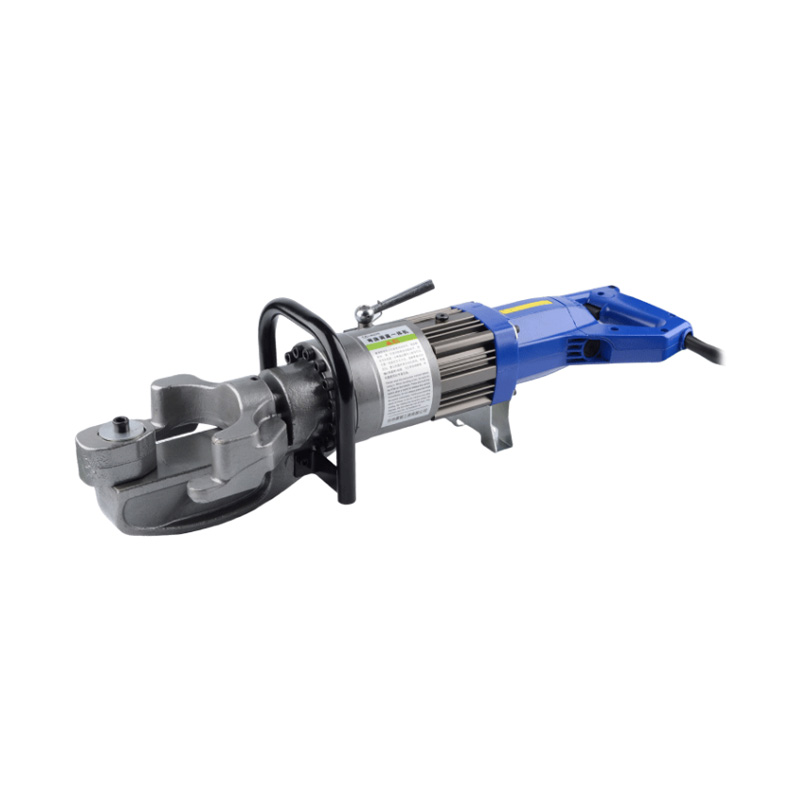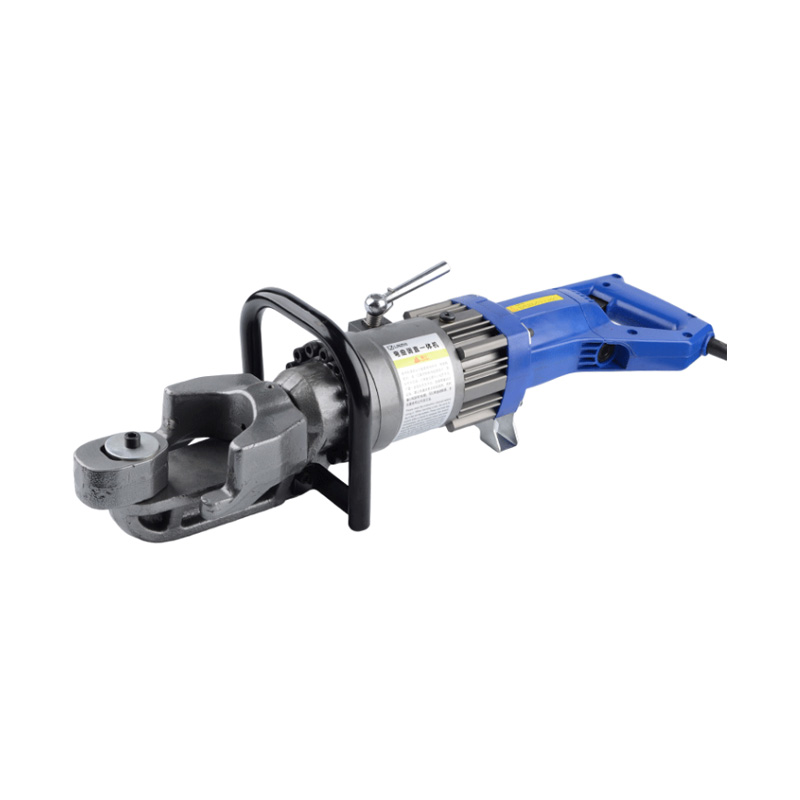In today's complex industrial landscape, where reliability and safety are paramount, the hydraulic crimping tool has emerged as an indispensable asset across multiple sectors. This powerful device, which utilizes hydraulic pressure to create permanent, high-integrity connections, has become fundamental to operations in construction, manufacturing, energy, and telecommunications. The consistent performance of the hydraulic crimping tool ensures that critical connections in cables, hoses, and fittings maintain their integrity under demanding conditions, making it an essential component in maintaining operational safety and system reliability. The widespread adoption of the hydraulic crimping tool across these diverse fields demonstrates its crucial role in supporting modern infrastructure.
The fundamental technology behind the hydraulic crimping tool represents a sophisticated application of fluid power principles. Through a carefully engineered system, the hydraulic crimping tool amplifies manual input into tremendous compressive force, typically ranging from several tons to hundreds of tons depending on the specific model and application requirements. This immense force is precisely directed through specialized dies that are designed to match particular connectors and cables. The precision of the hydraulic crimping tool ensures uniform deformation of the connector material, creating a gas-tight, vibration-resistant joint that often exceeds the strength of the connected components themselves. This level of performance makes the hydraulic crimping tool particularly valuable in applications where connection failure could cause serious operational disruptions or safety hazards.
Modern advancements have significantly enhanced the functionality and accessibility of the hydraulic crimping tool. Contemporary designs increasingly feature portable, battery-powered configurations that liberate operators from the constraints of fixed power sources and hydraulic hoses. This cordless hydraulic crimping tool enables technicians to perform demanding crimping operations in remote locations, confined spaces, and elevated work areas with exceptional freedom and efficiency. Additionally, manufacturers have made substantial progress in improving the ergonomics of the hydraulic crimping tool, incorporating features that reduce operator fatigue and less the risk of repetitive strain injuries during extended use. These developments have made the hydraulic crimping tool more versatile and user-friendly than ever before.
The application spectrum for the hydraulic crimping tool continues to expand as new industries recognize its value. In the electrical power sector, the hydraulic crimping tool is essential for creating reliable terminations and splices in high-voltage cables, with applications spanning from power generation facilities to distribution networks. The renewable energy industry, particularly solar and wind power installations, relies heavily on the hydraulic crimping tool for connecting large-gauge cables in challenging environmental conditions. Similarly, the telecommunications sector depends on the hydraulic crimping tool for establishing secure connections in fiber optic and copper networks, while the automotive and transportation industries utilize specialized versions of the hydraulic crimping tool for everything from battery cables in electric vehicles to hydraulic lines in heavy equipment.
Looking toward the future, the evolution of the hydraulic crimping tool is progressing toward smarter, more connected solutions. The next generation of hydraulic crimping tool systems incorporates digital pressure monitoring, Bluetooth connectivity, and data logging capabilities that provide documented proof of proper installation. These intelligent features enable quality assurance professionals to verify that each connection meets specified standards, addressing crucial compliance requirements in regulated industries. As industrial demands continue to evolve, the hydraulic crimping tool will undoubtedly maintain its position as a critical enabling technology, adapting to new challenges while continuing to provide the reliable, high-strength connections that modern infrastructure depends upon for safe and efficient operation.


 English
English 中文简体
中文简体 русский
русский GET A QUOTE
GET A QUOTE





